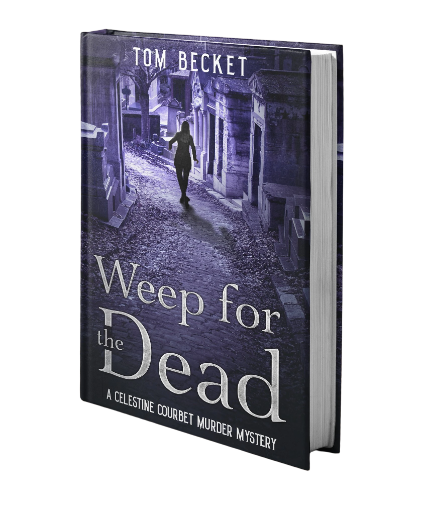
Weep for the Dead
A Celestine Courbet Murder Mystery
£10.99
Corruption; Betrayal; Murder; Redemption...as Capitaine Celestine Courbet fights for justice against those closest to her, the Bordeaux Police Force and the ruthless and deadly Vietnamese mob.
The story races from the backstreets and ancient cemetery of old Bordeaux to the treacherous waters of the Gironde Estuary, as the investigation into two brutal murders brings Celestine into conflict with powerful forces who want her silenced.
Ostracised by her colleagues and aided only by the colourful and enigmatic Jacques Lecoubarry, Celestine demonstrates all her fiery determination in tracking down the murderers and exposing the rottenness at the core of a police department, putting in extreme jeopardy her career, her marriage and ultimately her life.
Fast-paced and rich in memorable characters, this novel will keep you engrossed from the first shocking pages to the thrilling and unpredictable climax.
